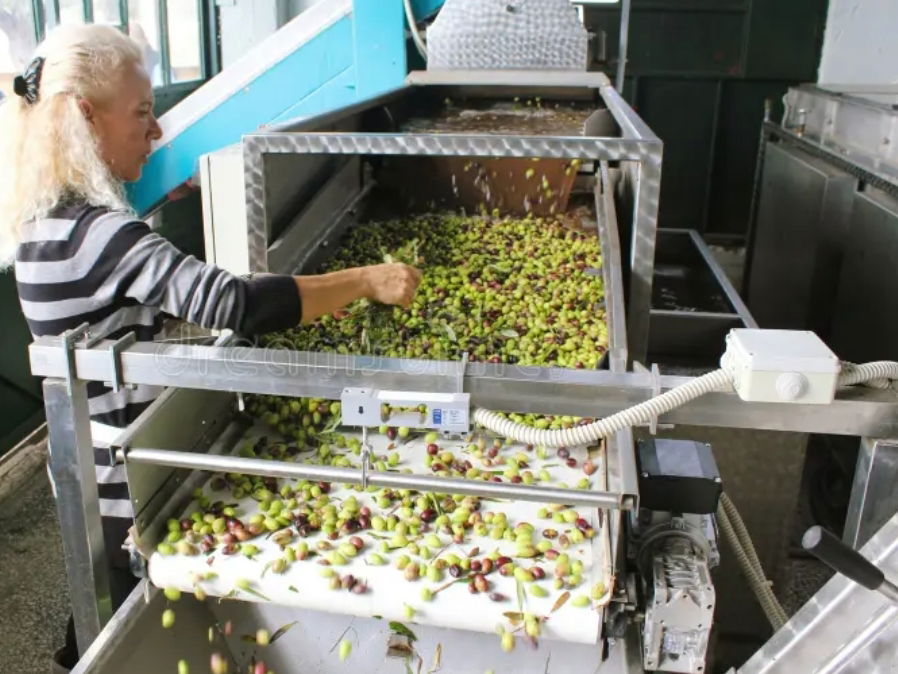Our Collaboration With University of Split

We are collaborating with the the Department of Food Nutrition, University of Split to understand further how to achieving super high polyphenol content in our oil. University of Split, Professor Tea Bulišić is testing our olives to deepen understanding of how olive varieties, harvest timing, and processing speed impact polyphenol levels in olive oil. Our goal is to produce oils with the best possible polyphenol content while maintaining exceptional quality.
Professor Tea Bulišić’s research focuses on Dalmatian olive cultivars, including Oblica, Lastovka, and Levantinka. Key findings show:
- Polyphenol levels peak during early harvest and gradually decline as olives ripen.
- Sensory characteristics like fruitiness and bitterness are more pronounced in early-harvest oils.
- Oxidative stability is significantly higher in oils with elevated polyphenol content, making them healthier and longer-lasting.
While late-harvest oils yield more volume, they often sacrifice the rich chemical profile that defines high-quality extra virgin olive oil.
This knowledge is helping us refine our production to balance tradition, quality, and science
Influence Of Olive Variety & Production On Polyphenol Content
We are working with the University of Split to maximise our olive oil Polyphenol content which varies significantly throughout the growing cycle and is influenced by olive variety and the stage of ripeness, climatic conditions, and the olive variety.
We achieve maximum polyphenols through cultivation:
Early Growth (Green Stage): During the early stages of growth, when olives are green, polyphenol content is relatively high. Polyphenols are crucial for the plant's defence mechanism against pests and diseases. Oils produced from green olives have a higher concentration of polyphenols, resulting in a more bitter and pungent flavour, which is characteristic of high-quality extra virgin olive oil.
Ripening (Turning Purple): As olives begin to ripen and change colour from green to purple, polyphenol levels start to decrease. However, this stage still maintains a balance between oil quality and quantity. The bitterness and pungency of the oil is slightly reduced compared to oil from green olives, but the oil still retains significant health benefits and stability.

Fully Ripe (Black Stage): When olives reach full ripeness and turn black, the polyphenol content is at its lowest. The oil extracted at this stage is milder and less bitter, with a more fruity flavour. While the oil yield is higher, the reduced polyphenol content means the oil has lower antioxidant properties and shorter shelf life.
Other factors influencing polyphenol levels include:
- Varietal Differences: Different olive varieties have varying levels of polyphenols. Some varieties naturally produce oil with higher polyphenol content.
- Climatic Conditions: Environmental factors such as temperature, rainfall, and soil type can affect polyphenol levels. For instance, olives grown in hotter climates might have different polyphenol dynamics compared to those in cooler regions.
- Agricultural Practices: Practices such as irrigation, fertilisation, and pest control also influence polyphenol content. To produce olive oil with high polyphenol levels and the associated health benefits, olives should be harvested before they are fully ripe.